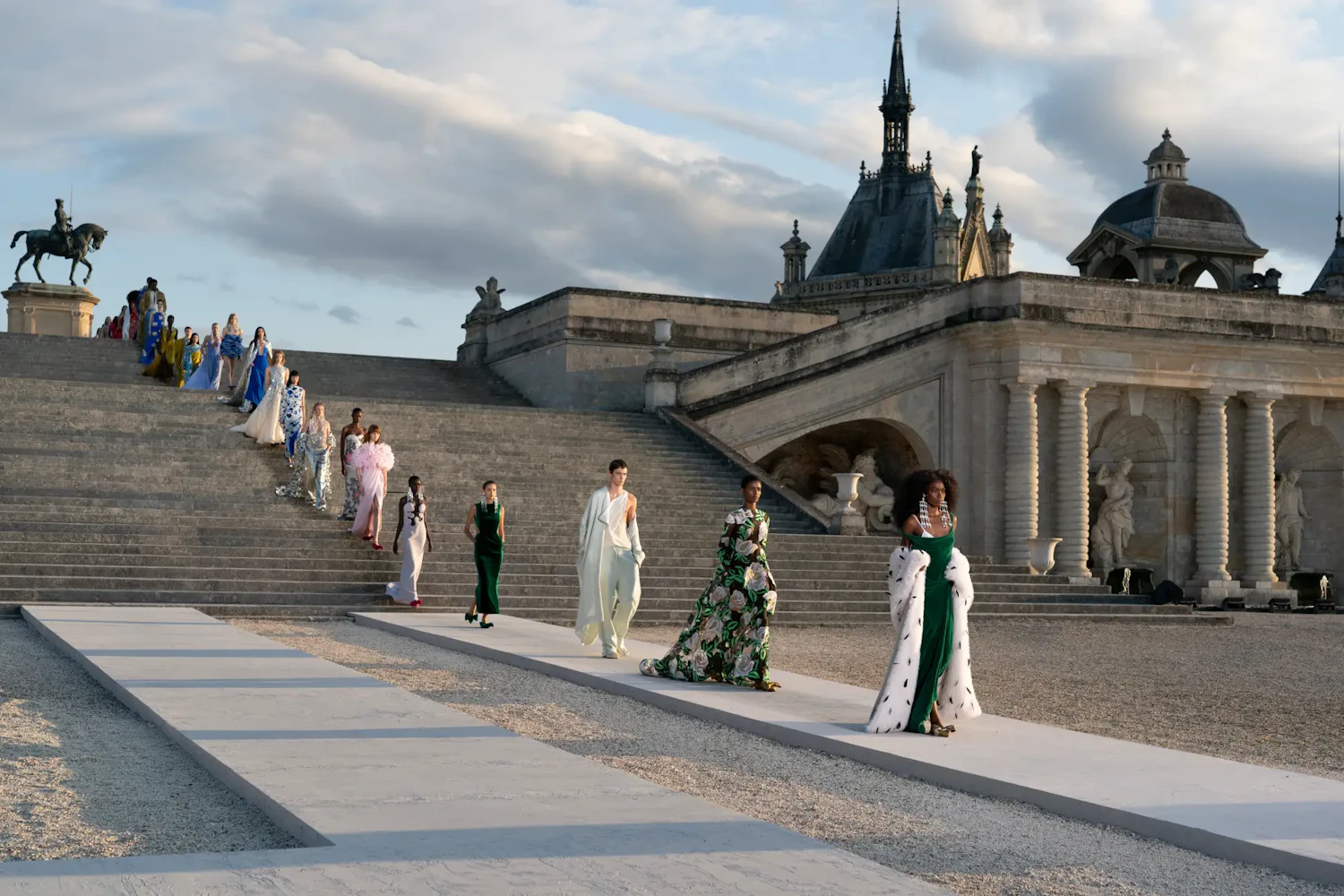2025.10.03FRI
2023.10.04
Why Are Haute Couture Shows Necessary? Exploring from the Perspectives of Clients, Business, and Traditional Techniques

Who would even wear these clothes? It's a common question many people must have while watching a fashion runway.
Transparent dresses that reveal lingerie, costumes that envelop you like a mascot, and glittering clothes adorned with lavish jewels.
Whilst some brands, particularly luxury fashion houses, build their runway looks exclusively around commercial pieces for sale, it is typically the norm to showcase showpieces that embody each season's concept on the runway and translate it into ready-to-wear clothes.
Fashion weeks are platforms to present a brand's artistic concept; they don't suggest that “You will look cool strolling down the road in these clothes!” It's crucial to remember that brand awareness and promotion, aimed at reaching a broad range of end users, is the primary objective.
Now that we have some understanding of the role of runway shows, another question arises. Who are the haute couture clothes, which are not ready-to-wear but made-to-order and one-of-a-kind, intended for, and for what purpose are they displayed?
CONCEPT VIDEO
"fashion tech news" Unveils New Logo & Concept Video
TOP ARTICLES
CONCEPT VIDEO
"fashion tech news" Unveils New Logo & Concept Video
CONTACT
If you have any questions or enquiries, please enter your details in the form below.







![[Part 5 (Final)]: The Future of Crafts and Hopes for the Next Generation—The Teachings of Living National Treasure Teiji Miyamoto](https://images.microcms-assets.io/assets/1775a3633c8b428d9f011c6a758a8a5c/6a83ec9ca9be4dd88a21ef15fec5a13f/DSC_1607.JPG?w=400&fm=webp)



![The Craftsmanship and No-Compromise Philosophy Behind "Tsugaru Vidro" [Part 2]](https://images.microcms-assets.io/assets/1775a3633c8b428d9f011c6a758a8a5c/665919c6f8ea441599edb993bb4d33aa/DSC_2760.JPG?w=400&fm=webp)





.png?w=400&fm=webp)

.jpg?w=400&fm=webp)

